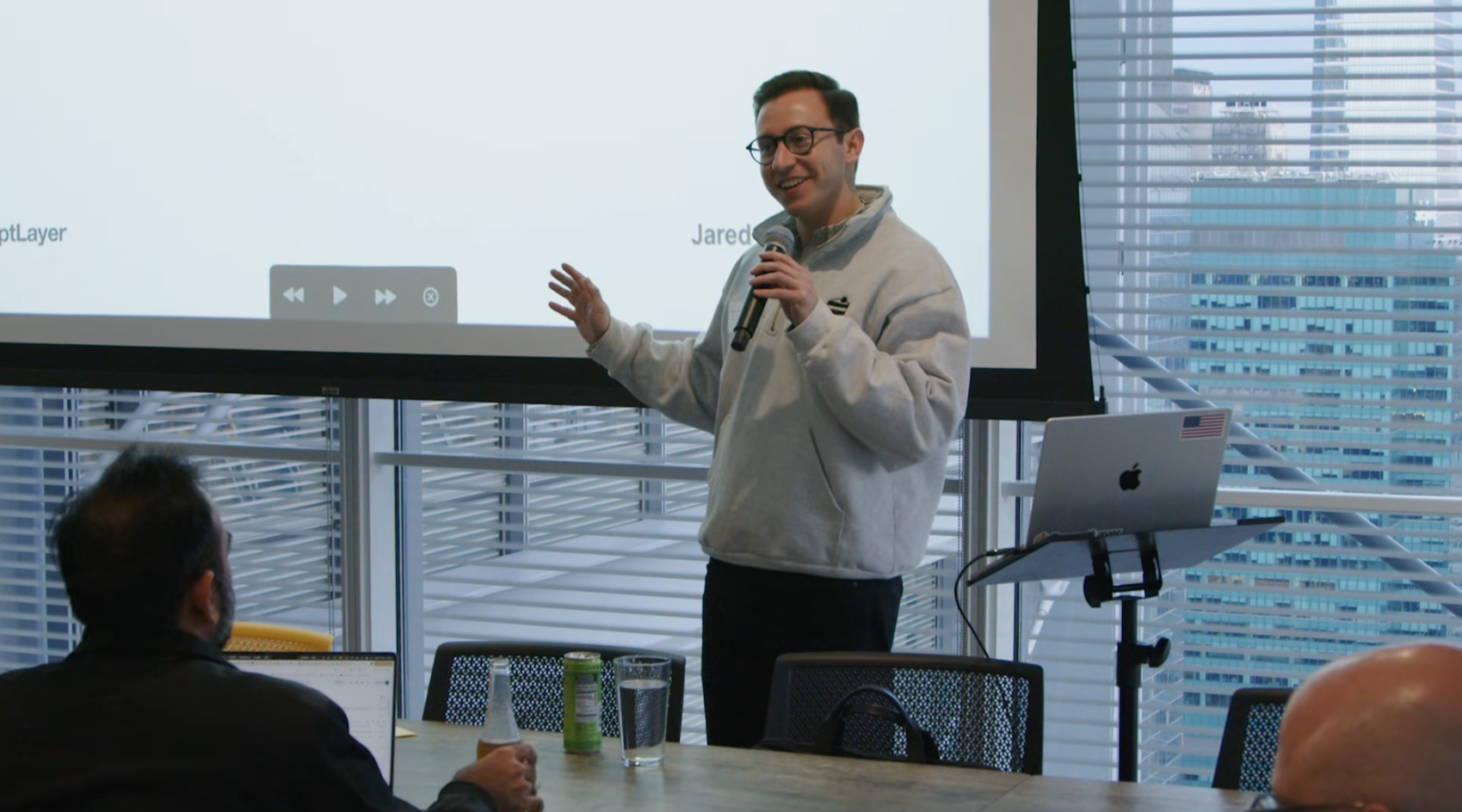How to Reduce LLM Costs

Large language models (LLMs) are powerful tools capable of solving a wide range of complex problems. However, they come at a cost.
The good news? Implementing advanced strategies like input optimization, modular prompt engineering, and strategic caching can significantly lower costs without compromising performance.
Whether you're a business or a solo builder, reducing the costs associated with using LLMs is crucial for ensuring sustainability, scalability, and profitability.This article presents actionable strategies to optimize LLM usage and reduce costs without sacrificing performance.
This article presents actionable strategies to optimize LLM usage and reduce costs without sacrificing performance. We'll highlight how effective prompting techniques and modular prompt engineering can work in tandem to further reduce expenses, ensuring you get get maximum value at minimum cost.
Effective Prompting Techniques
Maximizing efficiency in your interactions with the model is one of the best ways to cut LLM costs. Effective prompting is the key here—better prompts mean fewer queries, shorter responses, and more relevant results.
Minimize Input Tokens
Providing clear and concise instructions reduces the number of back-and-forth queries required to get the desired result. LLMs charge by the number of tokens processed (both in the input and output), so reducing the number of words used while maintaining clarity is an important cost-cutting step. For example, rather than saying:
I need you to summarize this article for me in a way that covers all the main points but is not too long and is understandable by an average person.
You could simplify the prompt to:
Summarize this article in 5 key points, using simple language.
By shortening the prompt from 21 tokens to 12 tokens, you reduce the cost of this interaction by roughly 43%. In a production environment where this prompt is used thousands of times, the cumulative savings can be significant, demonstrating how even small optimizations can scale effectively to reduce costs.
Limit Output with the max_tokens Parameter
Another effective cost-saving measure is controlling the number of output tokens generated by the model. The max_tokens parameter allows you to specify a cap on the length of the response. This prevents excessive and unnecessary verbosity in the output, directly reducing token consumption. For instance, setting max_tokens to 50 ensures the output remains concise and focused, avoiding lengthy responses that may not add significant value.
Test and Iterate on Prompts
Sometimes, minor tweaks to a prompt, such as specifying a target word count or adding more precise instructions, can drastically affect the model's output quality and efficiency. Running A/B tests on different versions of prompts can reveal which one consistently yields the best results in the shortest responses. Optimized prompts require less revision, reducing both computational costs and the time spent refining answers.
PromptLayer lets you A/B test prompts side-by-side in an interactive view, making it easy to identify the best prompt for specific tasks.
You can also manage and monitor prompts with your whole team. Get started here.
Modular Prompt Engineering
Modular prompt engineering involves breaking down complex tasks into smaller, more manageable subtasks. This allows you to use the model more effectively and can help save costs.
Break Complex Tasks into Smaller Components
When faced with a large and multi-faceted task, it's often more cost-effective to divide it into simpler components that can be handled sequentially. For example, instead of asking the LLM to "Research and write a detailed report on renewable energy solutions in Europe", you could use modular prompts:
- List the top renewable energy solutions currently used in Europe.
- For each solution, provide a brief description and its main advantages.
- Summarize the collected information into a short report.
This approach allows you to focus on getting the specific information you need at each step and often results in more concise, efficient responses.
Utilizing Less Expensive Models When Appropriate
LLMs come in various sizes and capabilities, with the larger versions being significantly more expensive to use. An effective cost-reduction strategy is to match the complexity of the task to the right model.
1. Leverage Smaller Models for Simpler Tasks
To optimize costs, consider dividing complex tasks using modular prompt engineering and assign them to appropriate models or tools.
OpenAI and Anthropic offer various models tailored to more specific needs and budgets:
- GPT-4o Mini: Introduced as a more affordable alternative to GPT-4o, GPT-4o Mini offers enhanced capabilities at a lower cost. It supports a 128K context window and includes vision capabilities, making it versatile for various applications.
- Claude 3.5 Haiku: This model balances performance, speed, and cost-effectiveness. It surpasses its predecessor, Claude 3 Haiku, offering strong capabilities in areas like coding and software engineering evaluations.
- Claude 3 Haiku: Anthropic's fastest and most cost-effective model, designed for tasks requiring quick responses without sacrificing quality. It offers a 200,000-token context window and is priced at $0.25 per million input tokens and $1.25 per million output tokens.
2. Understand the Trade-offs
While using a smaller model can cut costs, it's important to understand the trade-offs involved. Larger models are generally better at understanding context, managing ambiguity, and handling complex instructions. To optimize costs effectively, it's helpful to assess the complexity of the specific task and choose the least expensive model that can still perform satisfactorily. This ensures that you maintain a balance between cost and quality of output.
3. Mix and Match Models for Hybrid Workflows
Another way to save costs is to use a combination of models. For instance, you could use a smaller model to pre-process or filter data and then use a larger model to generate detailed insights.
Suppose you are analyzing customer reviews: you might first use a smaller model to classify reviews into positive, neutral, or negative categories, and then only use a larger model to summarize the negative reviews or provide actionable recommendations.
This hybrid approach ensures the larger, more costly models are only employed when absolutely necessary.
3. Non-LLM integrations
When using modular prompt engineering you can leverage non-LLM solutions. For example, instead of relying solely on an LLM for intent classification, consider using dedicated AI methods like rule-based algorithms or smaller, specialized models for this task. These alternatives often incur significantly lower costs while delivering satisfactory results. This modular approach ensures the LLM is reserved for tasks requiring its advanced capabilities, optimizing both performance and expense.
Fine-Tune Open-Source Models
For recurring tasks or domain-specific applications, fine-tuning open-source models can reduce your overall token costs. Platforms like Hugging Face and OpenPipe provide resources and tools for tailoring models to specific needs.
Fine-tuning allows you to achieve higher efficiency and cost-effectiveness by creating a model optimized for your unique use case. This eliminates the need to rely on expensive, general-purpose LLMs for specialized tasks, especially in production environments with consistent workflows.
Implement Application-Level Caching
Implementing application-level caching can significantly reduce costs associated with large language models (LLMs). While providers like OpenAI and Anthropic offer prompt caching that reduces input costs by approximately 50%—this feature only caches input prompts and may require adjustments to your prompt templates.
To further optimize expenses, consider caching strategies that focus on outputs:
- Exact Caching: Store responses for identical inputs to prevent redundant processing and costs.
- Fuzzy Caching: Cache responses for similar inputs based on defined similarity metrics. For example, if multiple users ask variations of the same question, the system can serve a cached response that matches the general intent.
By integrating these caching strategies, you can minimize unnecessary API calls to the LLM, thereby reducing both token usage and latency in user-facing applications.
Conclusion
Reducing the costs of using large language models (LLMs) requires strategic approaches tailored to your project's needs. Implementing these techniques can lead to significant savings.
Maximizing efficiency through effective prompting minimizes token usage, directly reducing costs. Modular prompt engineering breaks complex tasks into smaller parts, resulting in streamlined, cost-effective interactions. Selecting smaller, less expensive models for simpler tasks helps avoid unnecessary expenses, optimizing the cost-to-performance ratio.
Together, these strategies form a comprehensive roadmap for reducing expenses while utilizing the full potential of LLMs. Thoughtful application of these methods allows for sustainable, high-performance use of LLMs at scale.
By reviewing prompts for simplification, modularizing large projects, and leveraging smaller models when possible, you can make noticeable cost reductions in your LLM usage.
About PromptLayer
PromptLayer is a prompt management system that helps you iterate on prompts faster — further speeding up the development cycle! Use their prompt CMS to update a prompt, run evaluations, and deploy it to production in minutes. Check them out here. 🍰



